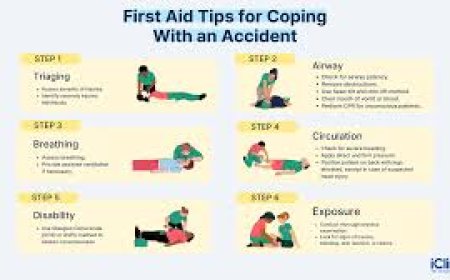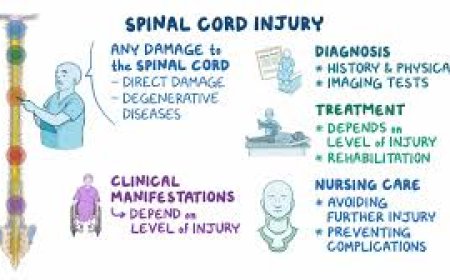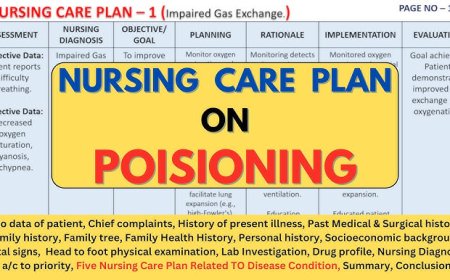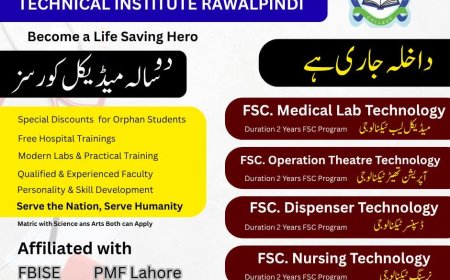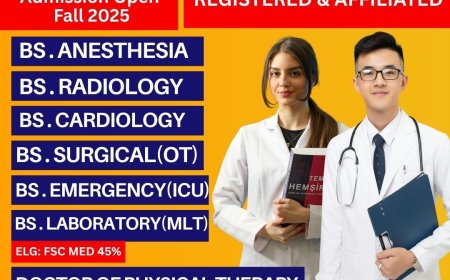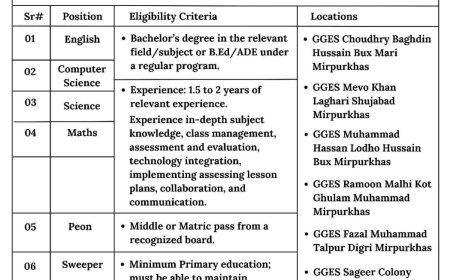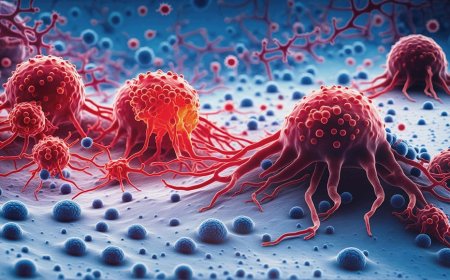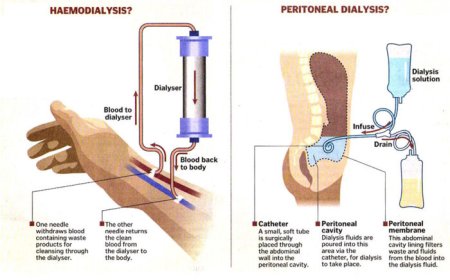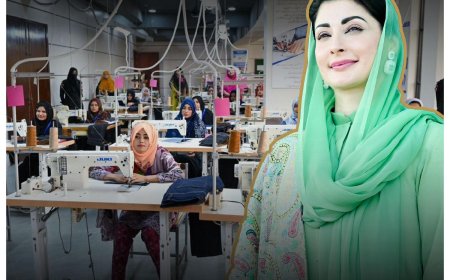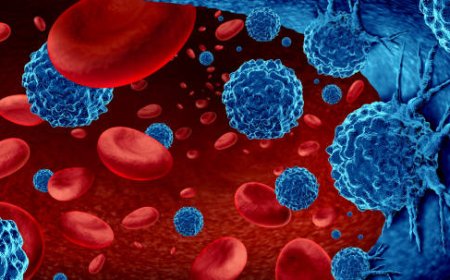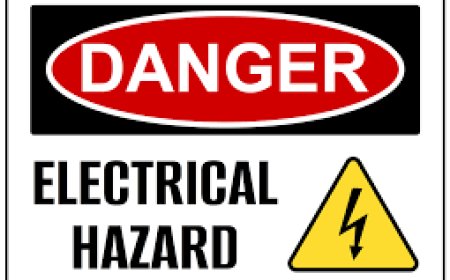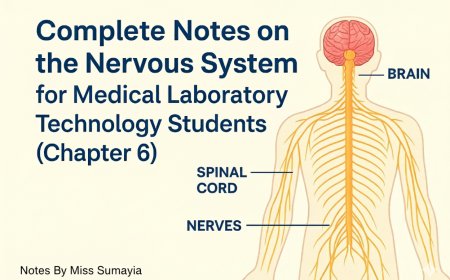Basic question for all disciplines
Radiographic Technicians, Dispensers, Medical Laboratory Technicians (MLT), and Operation Theatre Technicians (OTT) are vital members of the healthcare team. Radiographic Technicians capture internal images using X-rays to aid diagnosis. Dispensers prepare and provide medications safely. MLTs collect and test body samples to support accurate diagnosis. OTTs assist in surgical procedures by maintaining a sterile environment and supporting the surgical team. Together, they ensure smooth patient care, diagnosis, and treatment.
Role of Dispenser:
A Dispenser is a healthcare worker responsible for preparing and providing medicines to patients as prescribed by doctors. Their key duties include:
- Reading and understanding prescriptions
- Measuring, mixing, and labeling medications accurately
- Providing correct dosage instructions to patients
- Maintaining stock and storage of medicines
- Ensuring cleanliness and hygiene of the dispensing area
- Reporting expired or damaged medications
- Assisting in minor first-aid or dressing when needed
Role of Medical Laboratory Technician (MLT):
A Medical Lab Technician (MLT) performs laboratory tests that help doctors diagnose and treat diseases. Their responsibilities include:
- Collecting blood, urine, stool, and other samples from patients
- Preparing samples for testing
- Operating lab equipment (microscope, centrifuge, etc.)
- Performing tests in areas like hematology, microbiology, biochemistry, and pathology
- Recording and reporting test results accurately
- Maintaining lab safety and cleanliness
- Calibrating and caring for lab instruments
An Operation Theatre Technician (OTT) assists surgeons and nurses in the operating room. Their responsibilities include:
- Preparing the operation theatre before surgery
- Sterilizing surgical instruments and equipment
- Assisting during surgery by handing instruments to the surgeon
- Monitoring patient vitals under supervision
- Maintaining cleanliness and infection control in the OT
- Keeping a record of supplies and managing OT equipment
Normal Values (Vital Signs):
|
Vital Sign |
Normal Range |
|
Blood Pressure (BP) |
120/80 mmHg (may vary slightly) |
|
Heart Rate (Pulse) |
60 – 100 beats per minute |
|
Respiration Rate |
12 – 20 breaths per minute |
|
Blood Sugar (Fasting) |
70 – 100 mg/dL |
|
Blood Sugar (After meal) |
Less than 140 mg/dL (2 hours after eating) |
Definition of Anatomy and Physiology (for students):
Anatomy:
The study of the structure of the human body and its parts (bones, muscles, organs, etc.).
Physiology:
The study of how the body parts function and work together to keep the body alive and healthy.
Role of Radiographic Technician (Radiology Technician):
A Radiographic Technician is a healthcare professional who uses imaging equipment to take X-rays and assist in diagnostic imaging procedures. They work under the supervision of radiologists and doctors.
Key Responsibilities:
· Taking X-rays of bones, chest, and other body parts as prescribed
· Positioning patients correctly for accurate imaging
· Operating radiology machines like X-ray, CT scan, MRI (if trained)
· Ensuring patient safety by using protective gear (lead aprons)
· Developing and reviewing images to ensure quality before submission
· Maintaining equipment and reporting faults
· Following safety rules to avoid unnecessary exposure to radiation
· Preparing patients for procedures and explaining the process to reduce anxiety
What's Your Reaction?
 Like
0
Like
0
 Dislike
0
Dislike
0
 Love
0
Love
0
 Funny
0
Funny
0
 Angry
0
Angry
0
 Sad
0
Sad
0
 Wow
0
Wow
0
